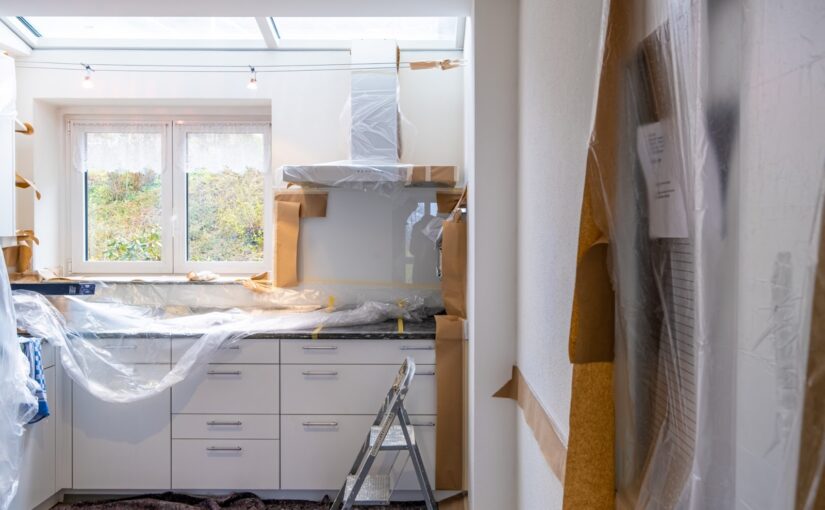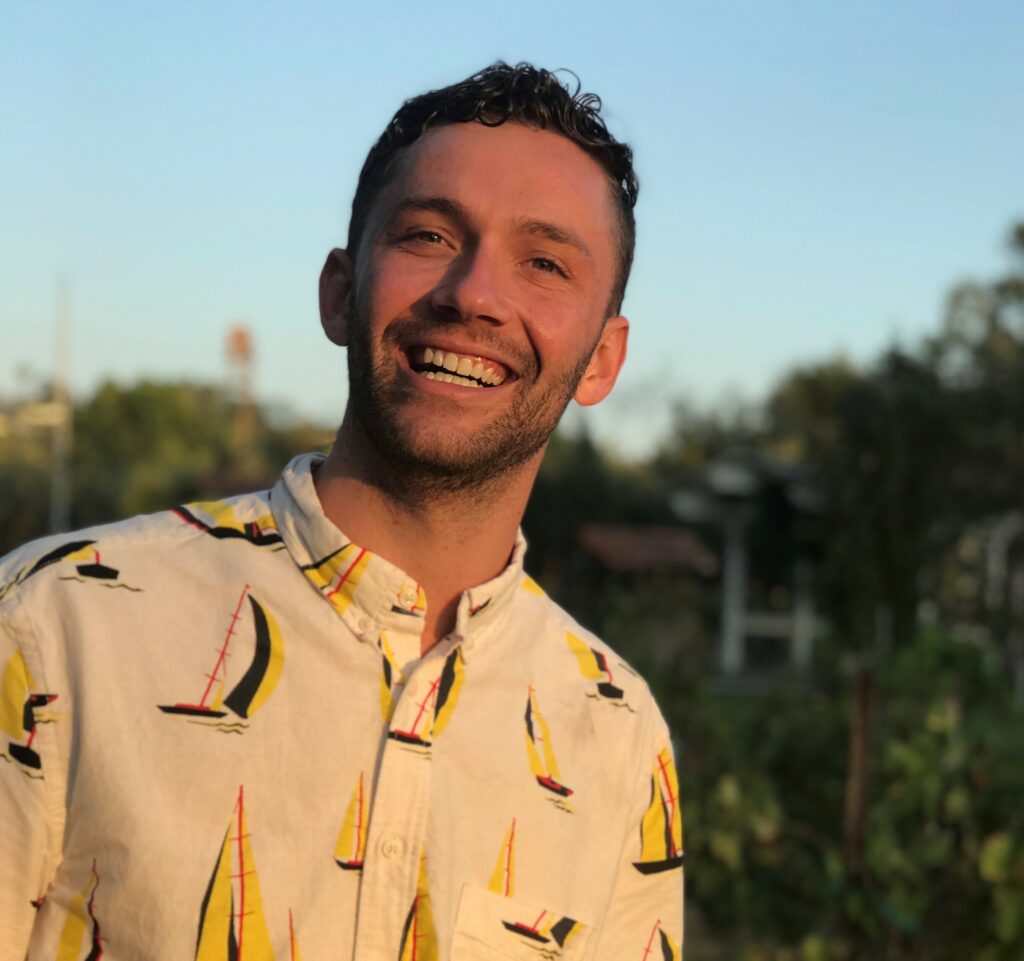As we welcome the Autumn season, it’s time to get down to work and start those home renovation projects that you have been thinking about for the last few months. While home renovations can be time-consuming, expensive, and tiring, they will pay off in the long run. So, what home renovations have you been thinking of engaging in this season? Autumn is the best season for home renovations and maintenance because the cold and gloomy season is on its way. In this post, we are going to discuss the five renovations that you can do this season without spending a lot of money on time. Let’s get started!
1. Clean the roof gutters and pipes
Since the leaves will start falling, there is no valid excuse that will prevent you from cleaning the gutters. Gutters need to be cleaned at least twice a year. This is especially true if you have trees around your house. Cleaning the gutters and pipes can save you thousands of dollars in the long run.
Leaves prevent water from flowing through the gutters and pipes. And stagnant water can lead to the rotting of pipes severely. Before cleaning your gutters, you need to walk around your house especially during or after a rainy day to check for blockages and leaks. Doing this will help you get an idea of the cost that you’ll incur.
To clean your gutters and pipes, all you have to do is set up a wheelbarrow below and climb up a ladder with a garden trawl to remove the muck and grime. Use a trowel to push and scope the leaves away from the downpipe. You should also consider raking your roof so that the next downpour doesn’t carry the debris into your cleaned gutters. Ensure that your ladder is steady because a fall can lead to serious injuries.
After scoping all the dirt, flush the gutters with clean water and see how water flows through the downpipe. If there is no free flow, get back to the ground and use a twisted wire to pull the debris down. If your house is surrounded by trees, you should consider investing in a stainless steel mesh to guard your gutters.
2. Fix or replace and paint your fence
Have you ever argued with your neighbors because of the shared fences? The Victoria Fence Act of 1968 clearly states that neighbors are equally responsible for the construction and maintenance of fences. If you want to replace the existing fence and your neighbor is unwilling to incur these costs, you shall do it at your own cost as long as the existing fence is good enough.
If the existing fence is not good enough, meaning it’s incomplete, broken, or doesn’t provide the boundary or security that a fence should, then you and your neighbor should replace it at a joint cost. You need to communicate with your neighbor about any plans that you have regarding the fence to avoid conflicts. If the fence needs to be fixed or replaced, you should discuss:
- The amount both of you plan on spending
- The materials to be used e.g. wire, stone, wood, plants, or brick
- The new height
- Date of removal of old fence and construction of the new fence
- Who gets which side of the fence
3. Repaint or render your home’s exterior
If your home’s exterior looks old and tired, the easiest and quickest way to modernize and change the looks of your property is by rendering it. Rendering involves filling the gaps between bricks to give your home a textured or smooth finish. You can also consider attaching stucco to your home’s exterior to improve its looks.
Bagging is another DIY technique that you should consider using. Bagging won’t give your home a uniform look. However, it might end up suiting the design of your home. If you are thinking of selling your home in the future, you should spend more time renovating the exterior of your house since it gives buyers the first impression of your house.
4. Remodel the interior of your home
Do you have that wall in your home that creates a funny separation in the living area? Or do you want an open plan kitchen-dining area instead of three separate rooms? Eliminating the wall can make your house more spacious. However, there are some crucial steps that you need to take before doing away with the walls.
First, initiate contact with the local council to obtain your home’s plan if you don’t have them. The builder has to look at these documents to determine whether the wall has electrics. After lodging the necessary permits, the council will need to approve them before you start the construction process. Depending on the type of wall, there might be some expertise needed to remove it. And in most cases, it will need to be lifted. These steps might sound complicated, however, don’t let them put you off. This process will not only improve the function of your home but also its value.
5. Upgrade the kitchen or bathroom
Nothing is more attractive in a house than a clean bathroom and a modern kitchen. While these are some of the cheapest areas to renovate, they can also be quite expensive depending on the amount of work or resources that are needed. If the walls need to be moved, piping needs to be changed or appliances need to be updated, you should expect to spend more than ten thousand dollars.
However, if you are just upgrading accessories, taps, towel rails, or kitchen mixers, you shouldn’t expect to spend much especially if you are shopping at the right place. This doesn’t mean that you should sacrifice quality to save costs. You should consider buying items at online stores that offer discounts.
Bonus tip: Clean and reseal the deck
As the rays of the sun hit your deck, it will start fading. Once the grain gets washed out, your deck will look tired and worn. You should dedicate a few minutes every day to giving your deck tender care. Before you start the re-staining process, you need to clean your deck thoroughly. One of the best ways to clean your deck is by using Napisan. It contains active ingredients that are used to clean wood. Once your deck has been scrubbed, you should consider using a wood brightener which is usually in form of a spray. There’s no better way to apply a stain than using a good paintbrush.
Conclusion
These are some of the cheapest home renovations that you should consider doing in autumn. What are you going to start doing today to transform the looks of your house?
Author Bio:
Charlie Svensson is fast, engaging freelance writer at Paperwritingpro, superiorpapers.com and cv writing service. Skilled in content writing and blogging. The favorite topics of his posts are education, social media, marketing, SEO, motivation blogging and self-growth. Excellent adaptability of skills to reach diverse audiences.
Image by PublicDomainPictures on Pixabay













